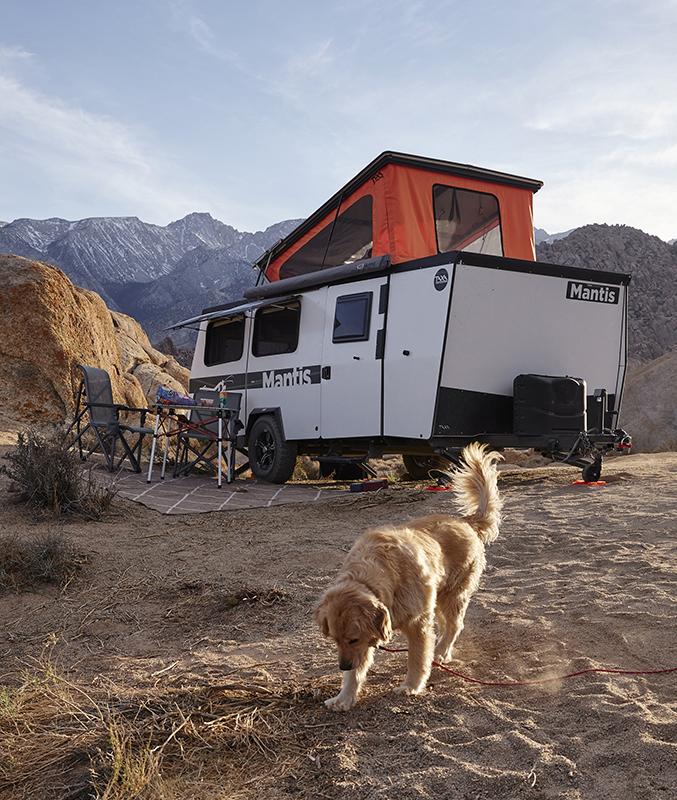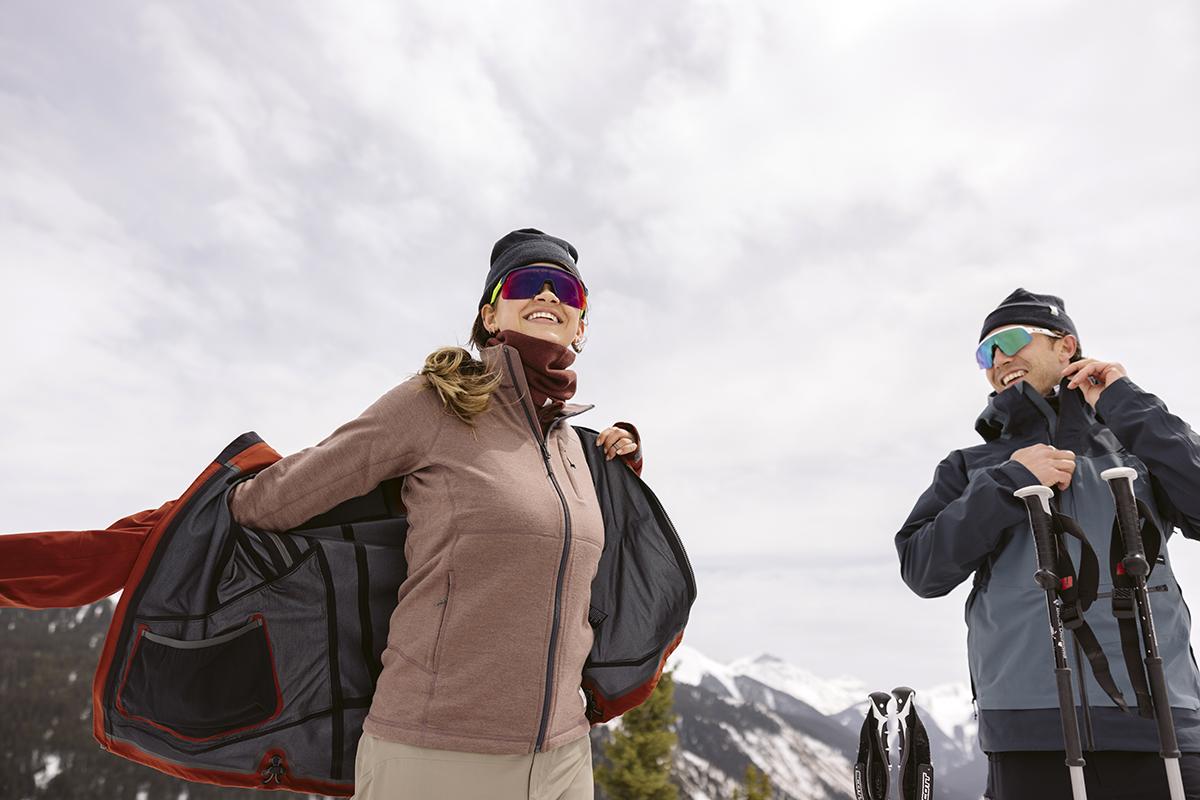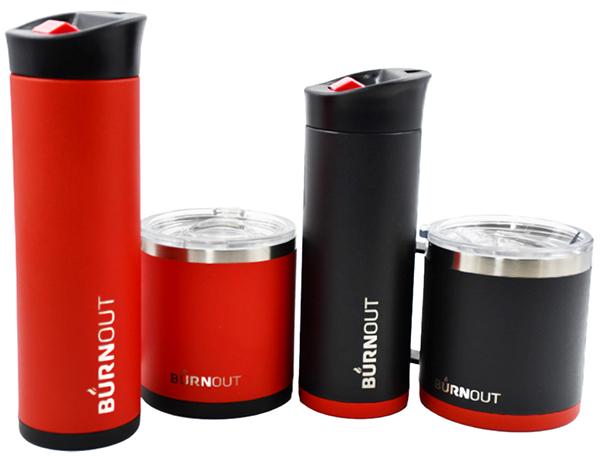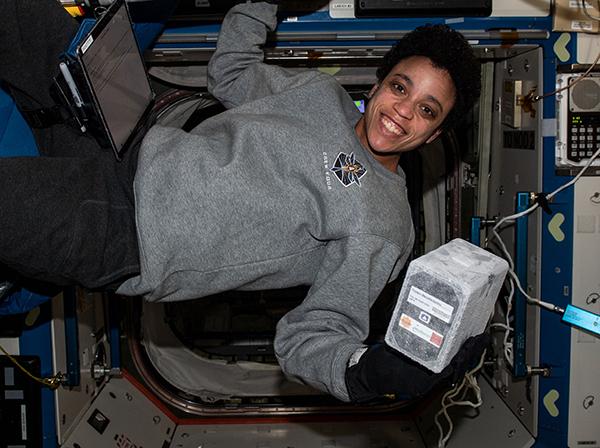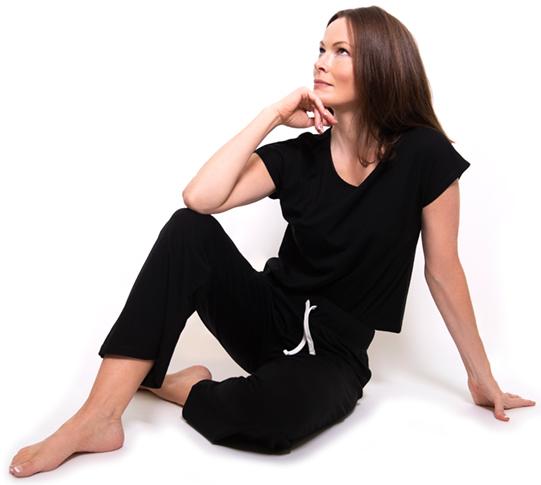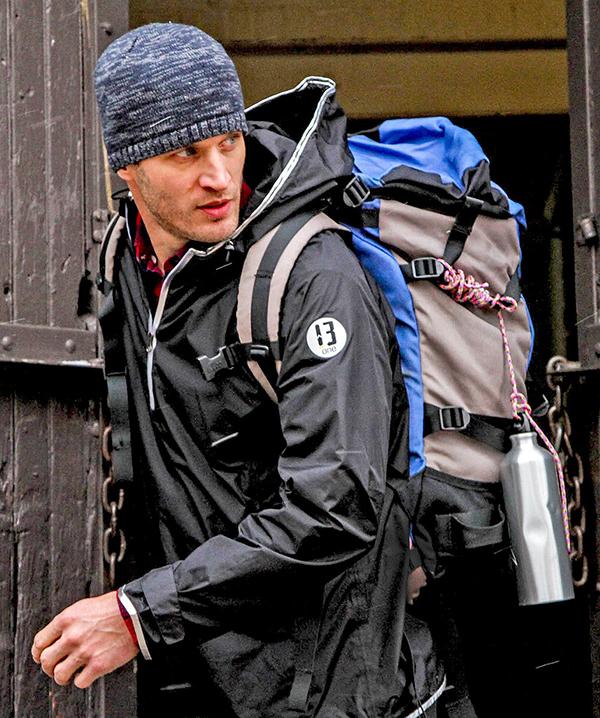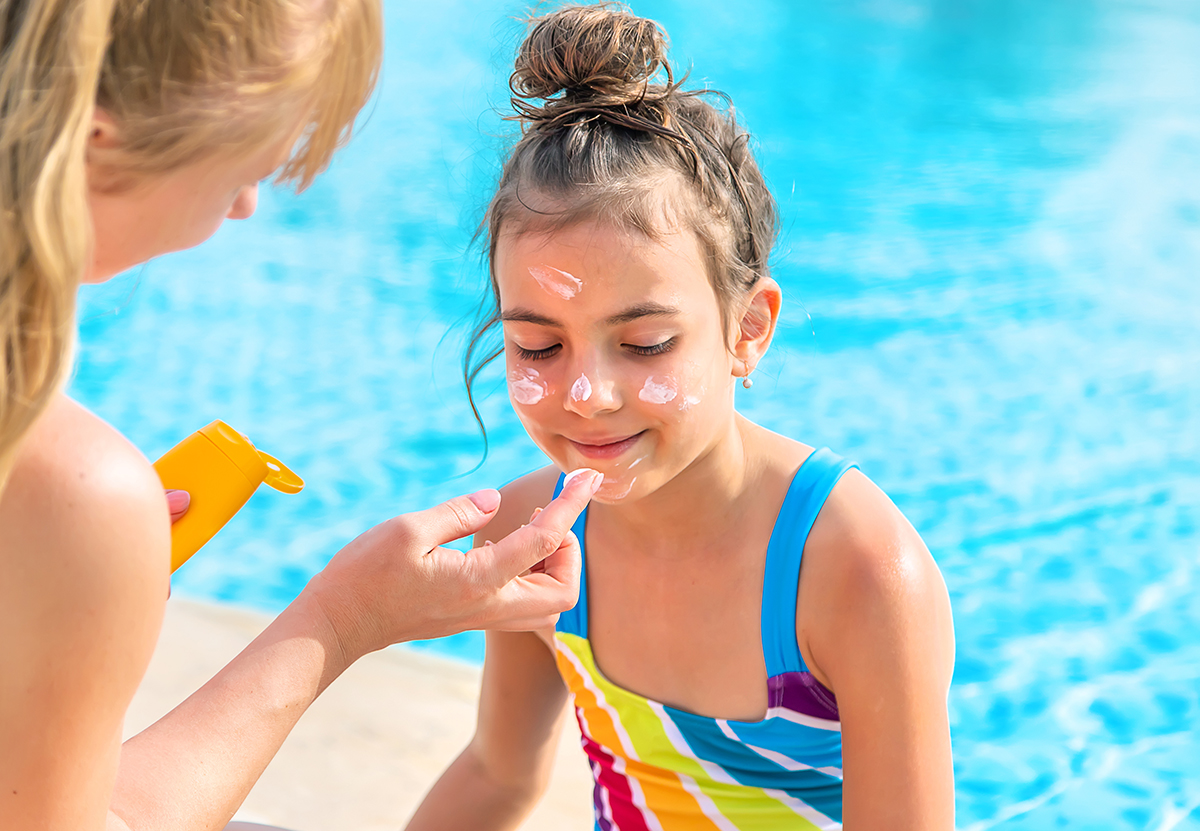
From Space to Your Face
Subheadline
Radiation-resistant microbe studied in space leads to fewer wrinkles, less sun damage on Earth
After surviving the cosmic radiation and extreme temperatures of 18 months in space, an organism first identified by NASA decades ago is now improving sunscreens and anti-aging products.
Bacillus Lysate, which doesn’t actually contain any live bacteria, is a skincare additive derived from Bacillus pumilus SAFR-032, a bacterium identified by NASA in the late 1990s. Found in a clean room at NASA’s Jet Propulsion Laboratory in Southern California, where Mars-bound spacecraft were assembled, the microbe stood out because it had survived intense sanitization efforts by the Biotechnology and Planetary Protection Group, which aims to prevent planetary contamination.
“When you are going to look for life on other planets, it’s better you don’t take any microbes along with you as hitchhikers,” said Kasthuri Venkateswaran, a senior research scientist at JPL, explaining why the space agency goes to such great lengths to sanitize spacecraft. Venkateswaran identified Bacillus pumilus SAFR-032 in 1999.
This microbe did end up making it to space after all, when astronauts, in a highly controlled study, set it outside the International Space Station for 18 months. Then Venkateswaran and his team performed extensive analysis on it, resulting in about 30 publications over two decades. The extremophile – an organism that can thrive under extreme conditions – is resistant to hydrogen peroxide and ultraviolet (UV) and gamma radiation. In fact, it’s one of the most resilient microbes known.
The NASA team patented the bacterium, based in part on its potential usefulness in medicine, sunscreens, and research on how to keep clean rooms clean – once Bacillus pumilus SAFR-032 has been cleared out of an area, most everything else has been as well. NASA and the California Institute of Technology, which manages JPL, licensed the organism to Worcester, Massachusetts-based Liberty Biosecurity, a company that had previously been recognized by the space agency for its work on mitigating radiation during long-duration space missions.
Initially thinking Bacillus pumilus SAFR-032 could be incorporated into fabric or possibly coatings to add radiation resistance, the company analyzed Venkateswaran’s research and conducted its own, determining that the organism’s ability to absorb UVA and UVB radiation could be most valuable in skincare.
“That’s what sunscreen blocks, right?” said Kyle Landry, who helped Liberty Biosecurity spin off skincare-focused Delavie Sciences LLC, where he is now president. Delavie Sciences, which is also based in Worcester, developed Bacillus Lysate using an extract of the organism Venkateswaran found at JPL.
“UVB and UVA are linked to skin damage,” Landry said. “They’re linked to sun damage, sunspots, wrinkles, and other health conditions. So, we thought, let’s see if we can enhance sunscreen with the addition of Bacillus Lysate.”
The company registered Bacillus Lysate as an ingredient for use in cosmetics after conducting safety, efficacy, and stability tests. Now Delavie Sciences produces Bacillus Lysate in large quantities and sells it as an SPF-boosting additive for sunscreen products. The company also started its own line of face and eye creams – the Aeonia Age Defying Serum and the Aeonia Eye Refresh.
“We were able to expand on Venkat’s research and go from lab to reality,” said Landry, referring to NASA’s Venkateswaran, who agreed.
“We just do the basic science and apply it to NASA’s missions,” Venkateswaran said. “Then we have to connect with companies like Delavie Sciences that come forward and do their own research to make something for people on Earth.”
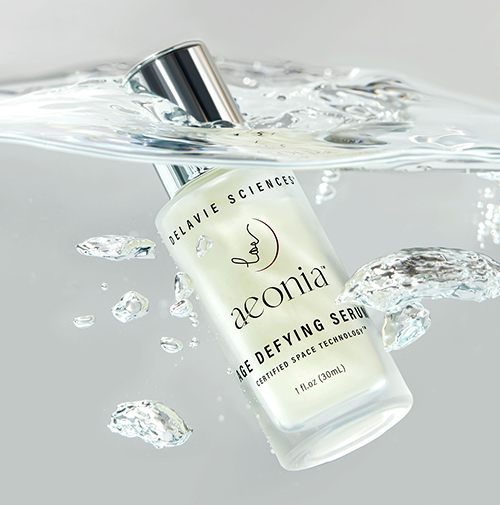
Bacillus Lysate is also a key ingredient in Delavie Sciences’ own line of anti-aging skincare products. Credit: Delavie Sciences LLC
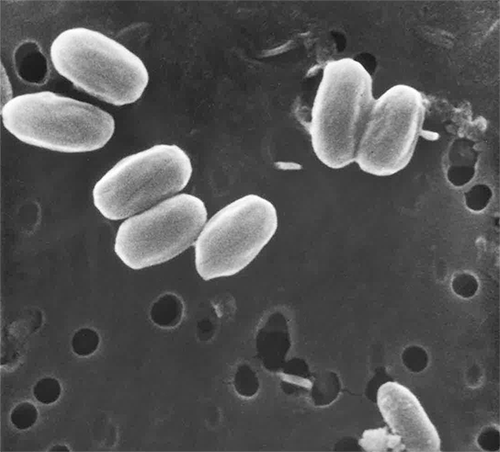
The original bacterium, Bacillus pumilus SAFR-032, was collected in the late 1990s in a clean room at the Jet Propulsion Laboratory, where it had survived intense sanitization measures. Over the next two decades, the organism was studied extensively and even survived for 18 months outside the International Space Station. Credit: NASA

Delavie Sciences developed skincare ingredient Bacillus Lysate based on an organism identified and researched by NASA. The ingredient is used as an SPF-boosting additive in sunscreen products. Credit: Getty Images








